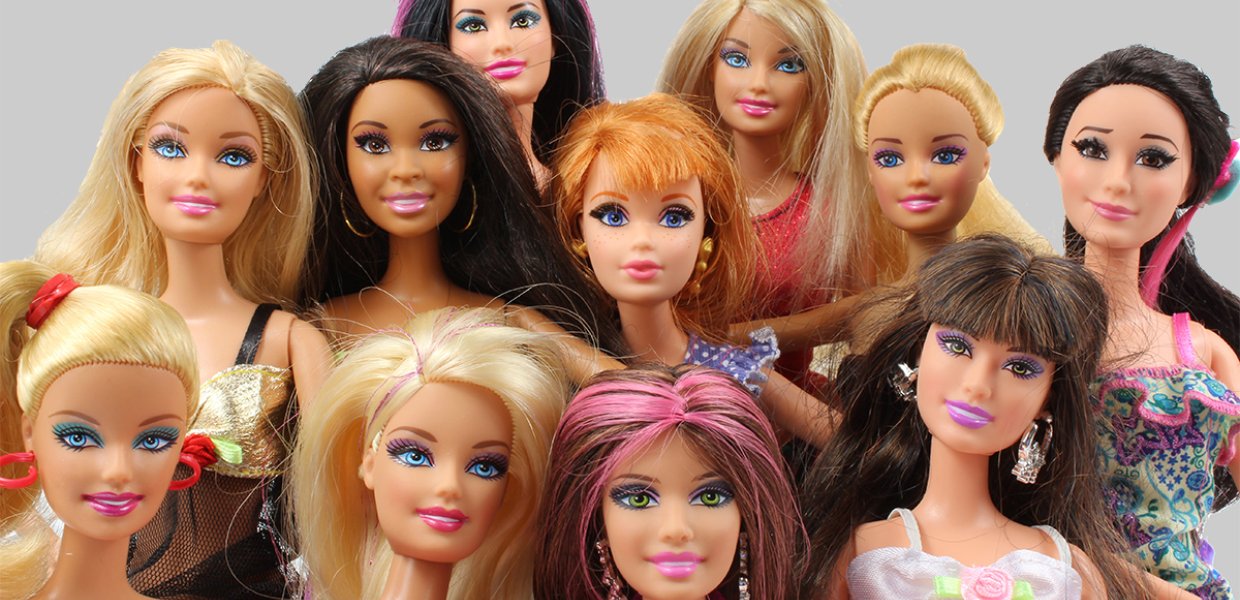For five USC Annenberg graduate students in the communication management program, what started out as a class-wide project for a new brand storytelling and experiential communication course turned into an appointment at the literal Barbie Dream House.
As part of adjunct faculty member Anne Framroze’s “Storytelling, Culture, and Experiential Communication” class in spring 2019, the students learned different types of storytelling, including social cause storytelling, narratives about self-branding and narrative theories. “Students entering this field need to be conversant in a variety of different modes of narrative development,” Framroze said.
The final project — facilitated by a connection that Dean Willow Bay forged — focused on a single brand, Barbie, and offered students the opportunity to work with professionals both from Mattel, the toy company that owns the Barbie brand, and with BBDO San Francisco, the global advertising agency that handles the Barbie account.
For this project, the class was divided into six teams, each assigned a brief to create a communication plan for a particular aspect of the Barbie brand. Sierra Murdock, Ceren Oney, Ozodi Onyeabor, Steven Villescas, and Ariel Young — all second-year master’s students who graduated in 2019 — were tasked with coming up with an idea centered on the “benefits of play” for Barbie.
Jim Lesser, president and CEO of BBDO San Francisco, worked with the students over several class sessions, said one of the most valuable aspects of the class was how much the assignments mirrored a real-world client-pitch from an agency. “One of the most important aspects of working for an advertising agency, or really any form of professional communication firm, is that it’s a team sport,” Lesser said. “The most important creative skill we hire for is the ability to collaborate.”
The “benefits of play” team came up with an idea for Mattel to create a physical gathering space for young girls. In this way, they could learn about, and live, the values and messages Mattel hopes Barbie inspires in girls ages 3 to 8 years old. Their proposal for the spaces — both a “Global HQ” and pop-up locations — included a “Dream Space,” a physical and digital play area that also houses a café; a “Dream Garden,” an outdoor play area with a sustainable garden with fresh fruits and vegetables, and a “Dream Portal,” which encompassed both an event space and an app that would allow girls to engage each other beyond the location itself.
Mattel Creative Director Danielle Viale says that the collaboration with USC Annenberg on this class made perfect sense for both the firm, and the students. “The class took the time to learn about the Barbie brand journey, emotionally invest in where the brand is going, and tie that to where culture is going,” she said.
“It was an ongoing process of hearing from the professor, and then listening to the guest speakers and kind of tailoring our ideas from there,” Onyeabor said. “It was us putting our heads together to not only follow the brief that they have given us, but also really craft a strategy that would work best for a Mattel.”
As they refined the idea and their presentation — coming up with a rollout plan, as well as a full communication plan, including social media, print and billboard components — the team settled on the name “B. Unlimited” for their idea, which connected back to the existing Barbie campaign, titled “You Can Be Anything.”
When the team gave their presentation at the end of the semester to Lesser of BBDO and Viale of Mattel, they were nervous but confident in their idea and their presentation — even though, as Onyeabor said, “we just finished the presentation a few hours before class.”
“Once we were done, Jim kind of just looked at us, and he said, ‘I’m blown away,’” Oney said.
“That team seemed to jell on a very high level,” Lesser recalled.
Viale was also impressed. “They did comprehensive research, had a compelling stat that launched their campaign idea, connected their one big idea to different brand tentpoles, and continued to connect back to the brand purpose: to inspire the limitless potential in every girl.”
“Their presentation was crisp, polished and professional,” Framroze said. “They had a laser focus on their one big idea.”
Everything to this point had been fairly typical of the kind of in-class guest speaker experiences USC Annenberg students get in both graduate and undergraduate classes: What happened next, though, was anything but ordinary.
Afterward, Onyeabor recalled, “Jim said, ‘I really want to see if I can get you in a room at Mattel.’”
“I thought it could be great growing experience for them,” Lesser said. “I know Mattel loves having a connection to USC, and I thought they would enjoy seeing a presentation from this standout team.”
Since all of the student would be in Los Angeles over the summer, they were able to workshop and refine their presentation with feedback from Lesser.
When the team entered the Mattel Design Center the first thing they saw was a life-size Barbie Dream House with a working elevator. “You see these big toys and you think, ‘Oh my gosh, I feel like a kid,’” Villescas said. “We've been very fortunate to have been given this great opportunity.”
“We’re feverishly looking at our note cards — it was definitely nerve-wracking,” Murdock said. But they got into in the conference room, “that all just all went away, because we were so well-prepared, it didn’t feel like a script.”
“They gave us really positive feedback, and they asked for our presentation deck,” Oney added.
For Framroze, team B. Unlimited’s experience is a great example of the unique opportunities available at USC Annenberg. “Students not only get an essential blend of theory and practice, they get amazing access to wonderful professionals at top brands,” she said. “The connections made through these classes are crucial.”
